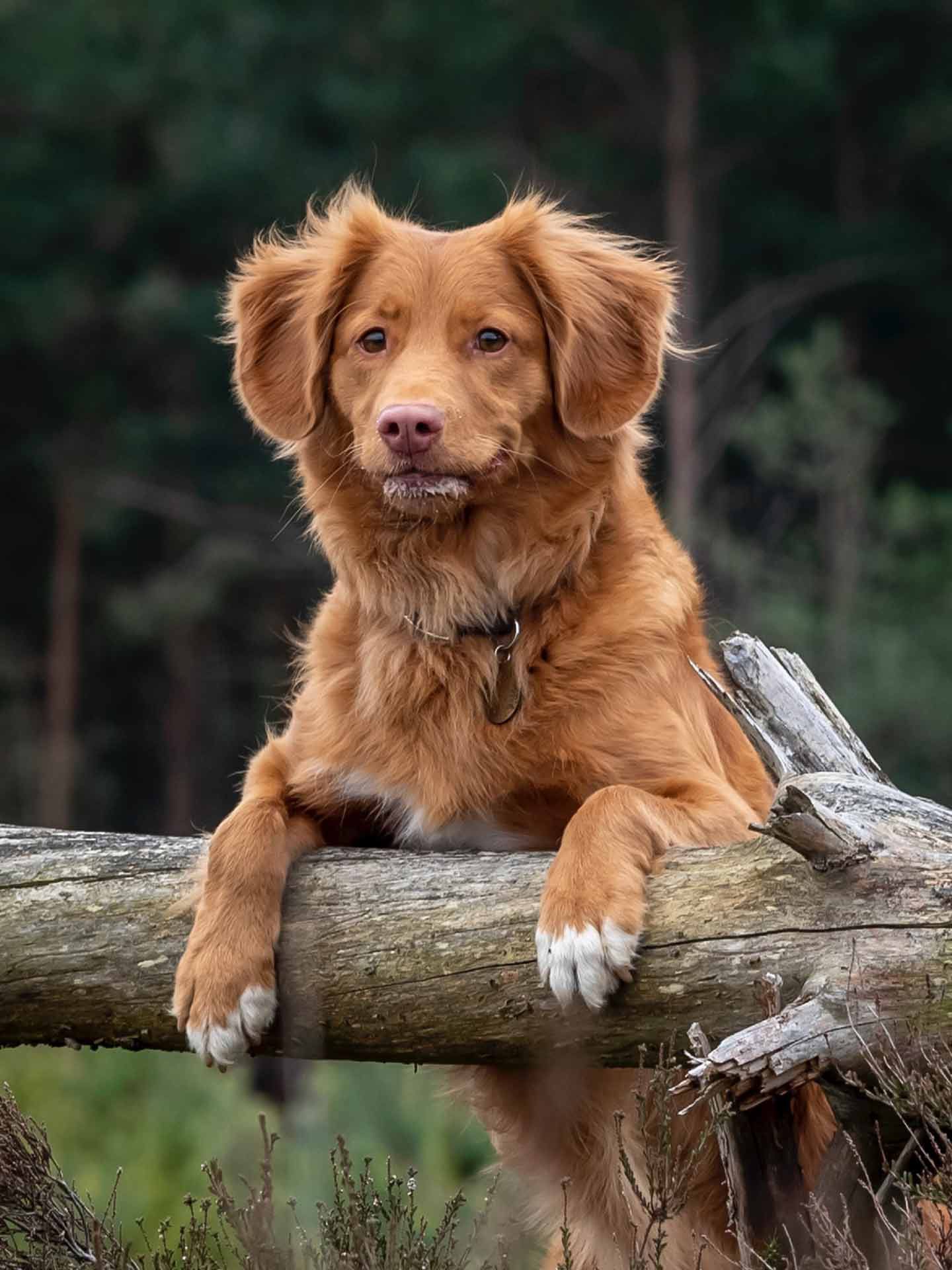No two dogs are alike. Likewise, no two dog breeds are alike, especially when it comes to their health. Dog health problems range from infections to cancers, and it’s up to the pet parents to keep their companions happy and healthy by understanding some common dog illnesses and diseases. Depending on the size of your pup, some health problems are more prevalent than others. For instance, big dogs tend to deal with more bone and joint problems, whereas smaller dogs tend to suffer more with organ and breathing disorders. Again, each breed is unique, but it is important to understand what common dog illnesses and health issues affect your pet. See below for the most common types of dog health issues and make sure to take immediate action if you think something serious is wrong with your dog.
COMMON DOG AILMENTS
ARTHRITIS
- What to look for: Arthritis usually, but not always, affects dogs as they grow older. It is the most common health problem in older pets. Your dog will eventually begin to move around less and take more time getting up from lying or seated positions.
- How to treat: Sadly, arthritis cannot be cured, but there are things you can do to make it easier on your pet as he ages. Diet and nutrition are the two biggest things you can do to slow down the aging (and arthritis) process. Regular walks and a balanced diet of proper (age appropriate) food will keep your dog’s nutrition levels where they should be. Look for food labeled “Senior” and pay attention not to over or under feed. If your dog’s arthritis is severe, your vet can prescribe medications to alleviate the symptoms.
WORMS
- What to look for: Weight loss, swollen belly, diarrhea, lack of energy.
- How to treat: Talk to your vet, who might prescribe medication for your dog. Follow up with regular fecal checks to make sure all the worms are gone.
ALLERGIES
- What to look for: Since there are so many kinds of allergies dogs can have (from food to flea/tick bites and a wide range of other possibilities), it’s important to look for any change in behavior when exposed to something new. If your dog goes a few days showing lack of energy, has a consistent cough or sneeze, or if anything else seems out-of-place, you might be dealing with allergies.
- How to treat: First, determine what the allergen is. Common allergies can be treated by changing your dog’s food or the shampoo you use when bathing. Seasonal or environmental allergies can be treated with medications, but those will eventually weaken the immune system if administered repeatedly.
CANINE COUGH
- What to look for: Since Canine cough is a respiratory infection, it can be easily transmitted from one dog to another when they interact. Look for lethargy, coughing, leaky nose and eyes or loss of appetite as common signs that your dog might have canine cough.
- How to treat: Vaccines can be administered regularly to prevent some types of canine cough. If your dog catches canine cough you should take him to your vet where he might be prescribed medications that will speed up the recovery process. Keep your pup away from other dogs (especially in public places where the illness can spread rapidly), and give him lots of rest. Once you see signs of recovery, take him for regular walks until he is himself again.
VOMITING
- What to look for: If your dog is vomiting, there could be any number of causes. Generally speaking, it’s best to assess your dog’s behavior leading up to the vomiting to see if there might be a more serious issue. General vomiting, initially, is normal and could have been from something your dog ate.
- How to treat: Again, assess the behavior leading up to the vomiting. If there was nothing unusual, then there’s probably no need to be concerned. If the vomiting is persistent, however, or you noticed your dog acting differently before the vomiting, there could be a number of things wrong and it’s best to take your dog to your vet to get him checked out.
DOG OBESITY
- What to look for: The signs of obesity might seem obvious, but having regular weight checks is important in order to keep records of your dog’s weight over time. It is important to recognize your dog’s weight gain early to give him the best chance possible for recourse.
- How to treat: A steady diet and regular exercise are the two things needed when your dog is overweight. It’s important to recognize the severity of your dog’s obesity and be sure to administer the right changes in nutrition and exercise. Too much exercise, or too significant a reduction in food, can cause other issues, so you should consult your vet before making any drastic changes to the diet.
DIABETES
- What to look for: Symptoms of diabetes in dogs include changes in appetite, excessive thirst and vomiting. UTI’s and cataracts can occur if the diabetes goes untreated for an extended period of time.
- How to treat: Like humans, dogs should get regular insulin injections (up to twice a day) to control diabetes. Oral medications and a high-fiber diet can also work to reverse the disease and get your dog back to a healthy state.
CANCER
- Almost 50% of disease-related pet deaths are due to cancer.
- What to look for: No one wants to think about their dog getting cancer. It is one of the biggest killers in dogs and one of the most expensive diseases to treat. Look out for unusual odors, lumps, drastic weight loss, or long-lasting changes in behavior.
- How to treat: Early detection gives your dog the best chance for recovery. Surgery can remove the tumor in some cases, depending on the type and location of the cancer. In others, medications can be prescribed to allow your dog to tolerate the pain better. See your vet immediately if you suspect your dog might have cancer.
RABIES
- What to look for: Thankfully, rabies is not as common today as it once was due to the development of vaccinations, but it is still possible for your dog to become infected with rabies even if he has received his shots. Symptoms of rabies include heavy, thick drool and aggressive behavior.
- How to treat: Prevention is your best option. It starts with getting your dog shots every year. You should also monitor your dog’s activity to make sure he isn’t interacting with rabies infected animals in the wild. If you suspect that your dog has rabies, call Animal Control immediately and avoid your dog as much as possible.

